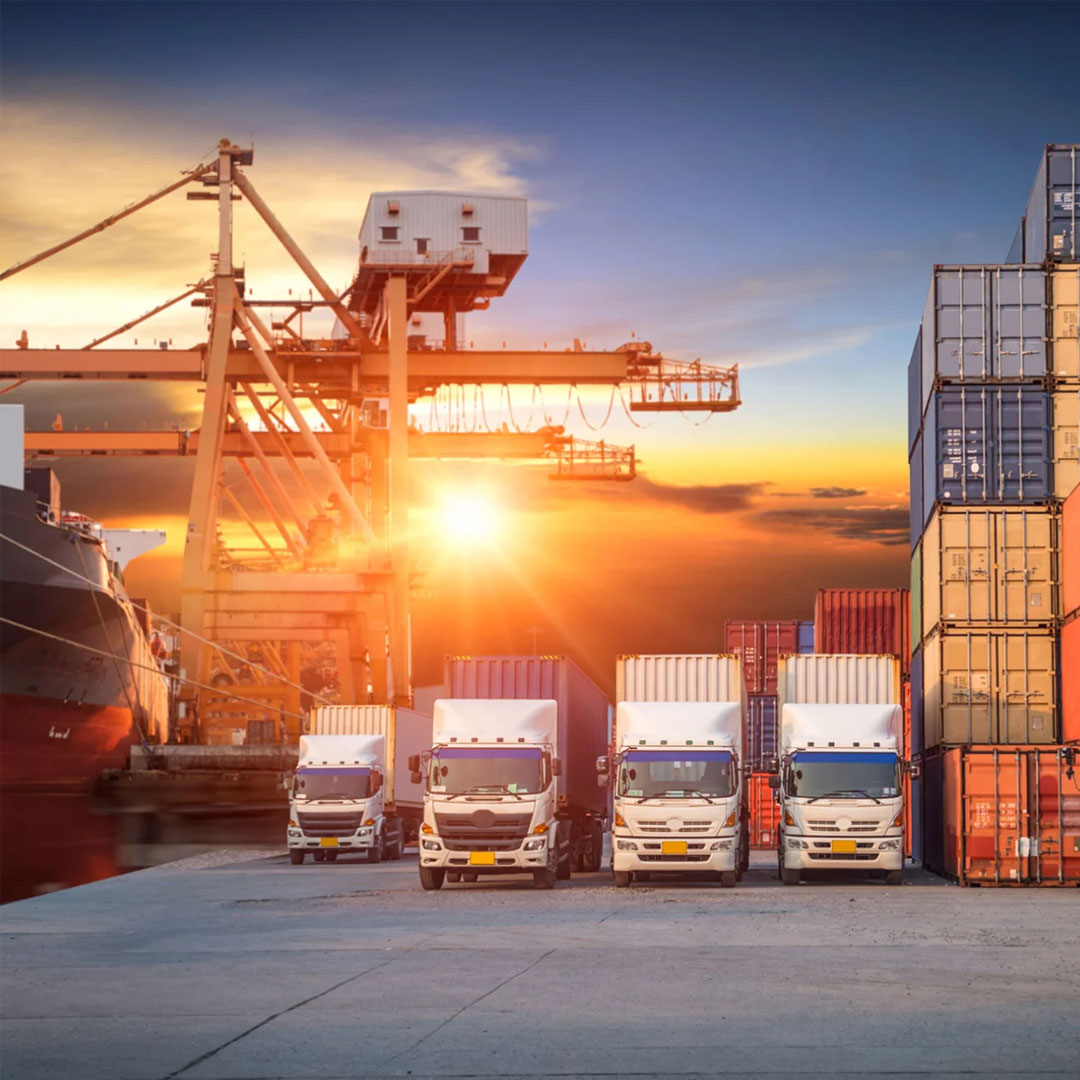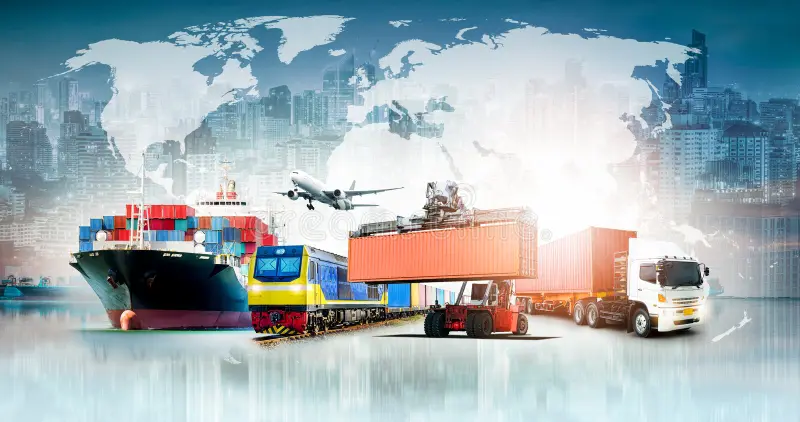Moving the World: The Dynamics of Transports
Transportation, in all its forms, is the lifeblood of our interconnected world. It’s the invisible force that moves people, goods, and ideas from one place to another, shaping our daily lives, economies, and even the future. In this blog, we will explore the dynamics of transports, delving into their significance, evolution, and their role in connecting and moving the world as we know it.
The Vital Role of Transports in Our Lives
Transports are an essential and ever-present part of our lives, even if we don’t always notice them. They facilitate our daily routines, connect us to loved ones, and make the global economy function seamlessly.
Commuting: Many of us start our day with some form of transportation, whether it’s a car, bus, subway, or bicycle. It’s how we get to work, school, or other daily activities.
Goods and Services: Transports move products from manufacturers to consumers, ensuring we have access to the goods we need. Whether it’s the food in your kitchen or the clothes you wear, they all depend on transportation.
Travel and Exploration: For those with wanderlust, transports are the key to travel. Planes take us to distant countries, cars allow us to road trip across states, and trains provide scenic journeys through beautiful landscapes.
The Evolution of Transports: From Horse-Drawn Carriages to Autonomous Vehicles
The history of transportation is a story of innovation, progress, and adaptability. It’s a story of how humanity moved from horse-drawn carriages to electric cars and autonomous vehicles.
Horse-Drawn Carriages: In the past, horse-drawn carriages were the primary mode of personal transport. They were reliable but limited by the speed and endurance of horses.
Steam Engines and Trains: The advent of steam engines revolutionized transportation. Trains connected cities, enabling the efficient movement of goods and people.
The Automobile Revolution: The introduction of the automobile by pioneers like Henry Ford changed the game. Personal mobility became accessible to the masses, reshaping not only transport but also the way we live and work.
Aviation: Airplanes connected the world like never before. They reduced travel time from days to hours, making global exploration more accessible.
Electric and Autonomous Vehicles: Electric vehicles (EVs) are changing the automotive landscape, offering sustainable transport options. Additionally, autonomous vehicles (AVs) are on the horizon, promising safer and more efficient road travel.
The Impact of Transports on the Global Economy
Transports play a monumental role in the global economy. They are responsible for the movement of goods and materials that drive economic activities. Businesses, both large and small, depend on reliable transportation systems to get their products to markets. The logistics industry, in particular, is a cornerstone of global commerce.
Interconnected World: Our interconnected world is a result of efficient transportation networks. Transports have facilitated trade between countries, enabling the global exchange of products, services, and ideas.
Employment: The transportation industry is a significant source of employment, from drivers and pilots to logistics professionals, engineers, and support staff.
Infrastructure Development: Transportation networks require substantial infrastructure investment, creating jobs and contributing to economic growth.
The Future of Transports: Challenges and Opportunities
The future of transports is full of promise and potential, but it also comes with challenges.
Electric Vehicles (EVs): The shift to EVs is a significant trend, driven by environmental concerns and a push for sustainable transportation.
Autonomous Vehicles (AVs): AV technology is advancing rapidly, with the potential to revolutionize safety, efficiency, and accessibility.
Sustainability: Transports are at the forefront of sustainability efforts, with innovations in electric, hybrid, and alternative fuel vehicles.
Infrastructure and Urban Planning: The development of infrastructure, particularly in urban areas, will be crucial for accommodating new modes of transport, reducing congestion, and promoting eco-friendly mobility.
Challenges: Challenges such as traffic congestion, environmental impact, safety concerns with AVs, and infrastructure development require careful consideration and planning.
Conclusion: The Dynamics of Transports and Their Ongoing Influence
Transports are the arteries of our world, carrying life, goods, and ideas to every corner of the globe. Their significance is immeasurable, and their evolution is a testament to human ingenuity and adaptability. As we move towards an exciting future of electric and autonomous vehicles, sustainability, and efficient transport networks, we must remember the profound impact that transports have on our daily lives, economies, and the world as a whole.
The dynamics of transports continue to influence and shape our world, providing the means to move and connect people, goods, and ideas. They are the engine of progress and the invisible force that keeps our world in motion, making it possible to reach for the stars while staying grounded in our daily lives.










